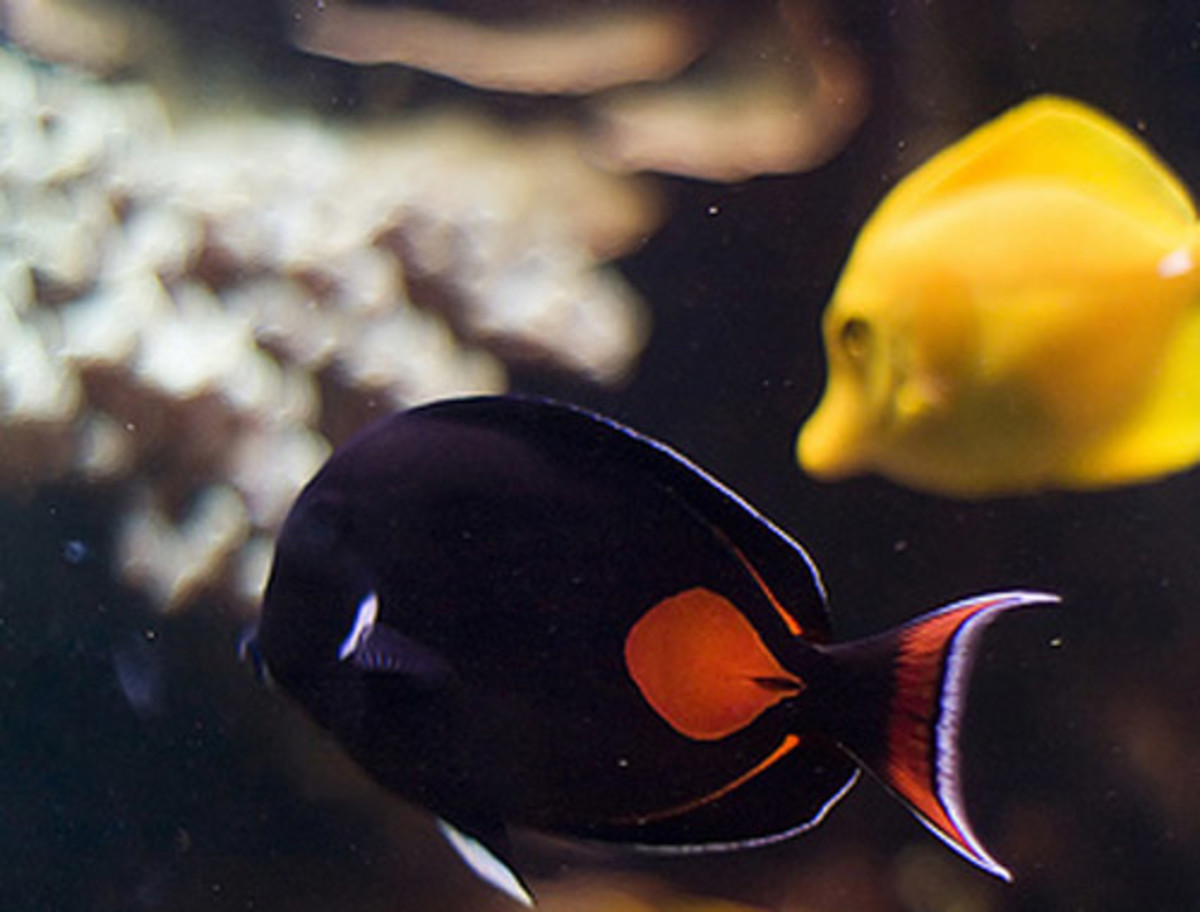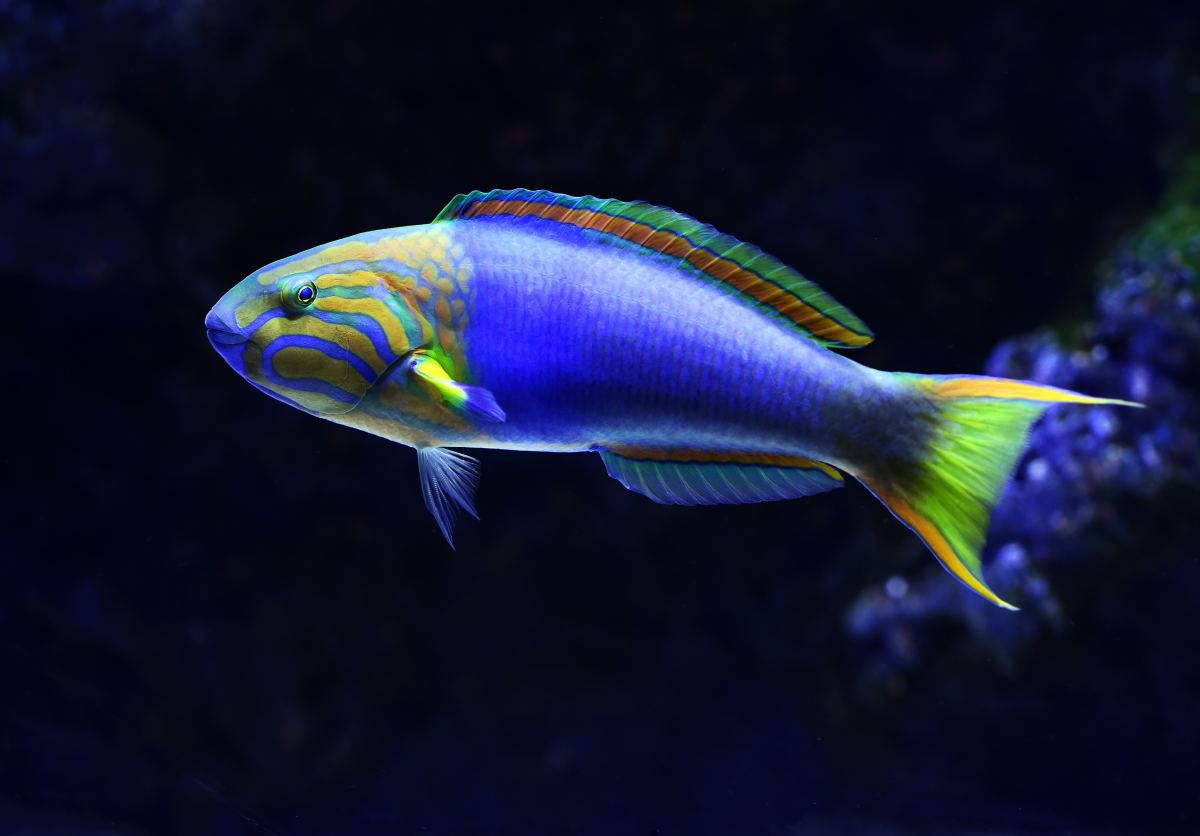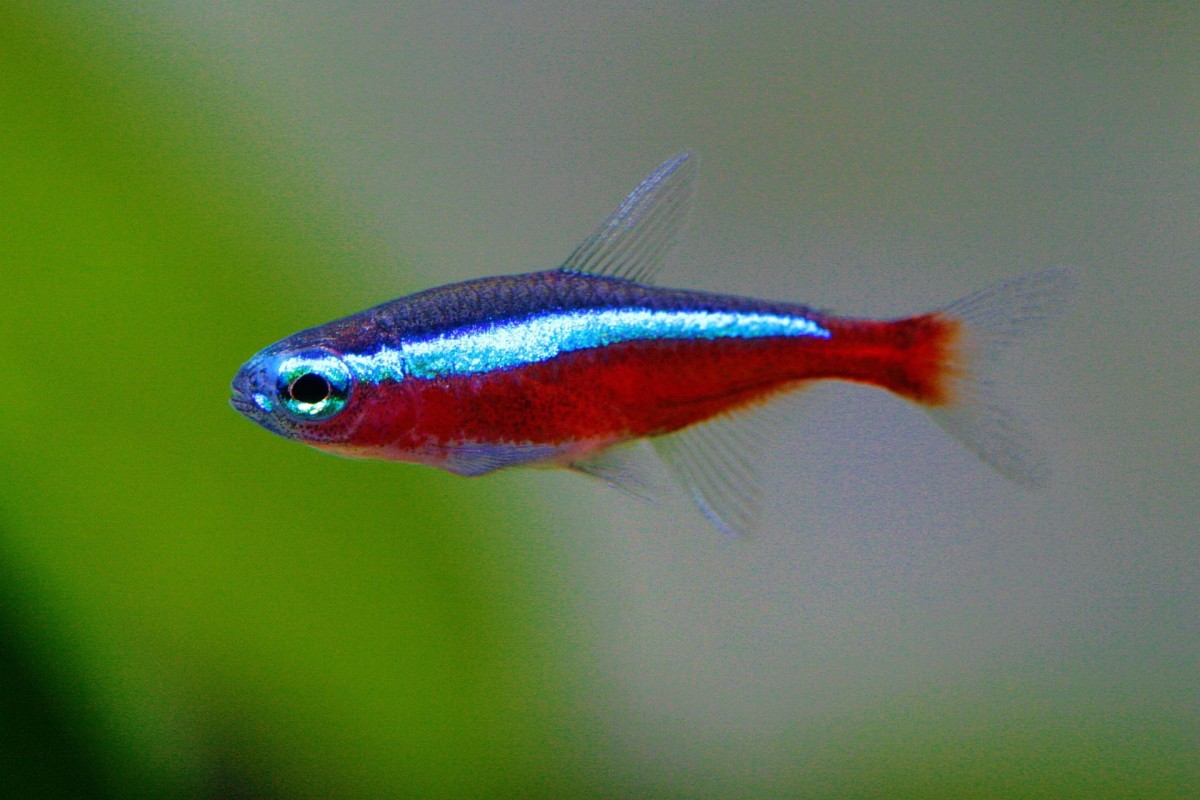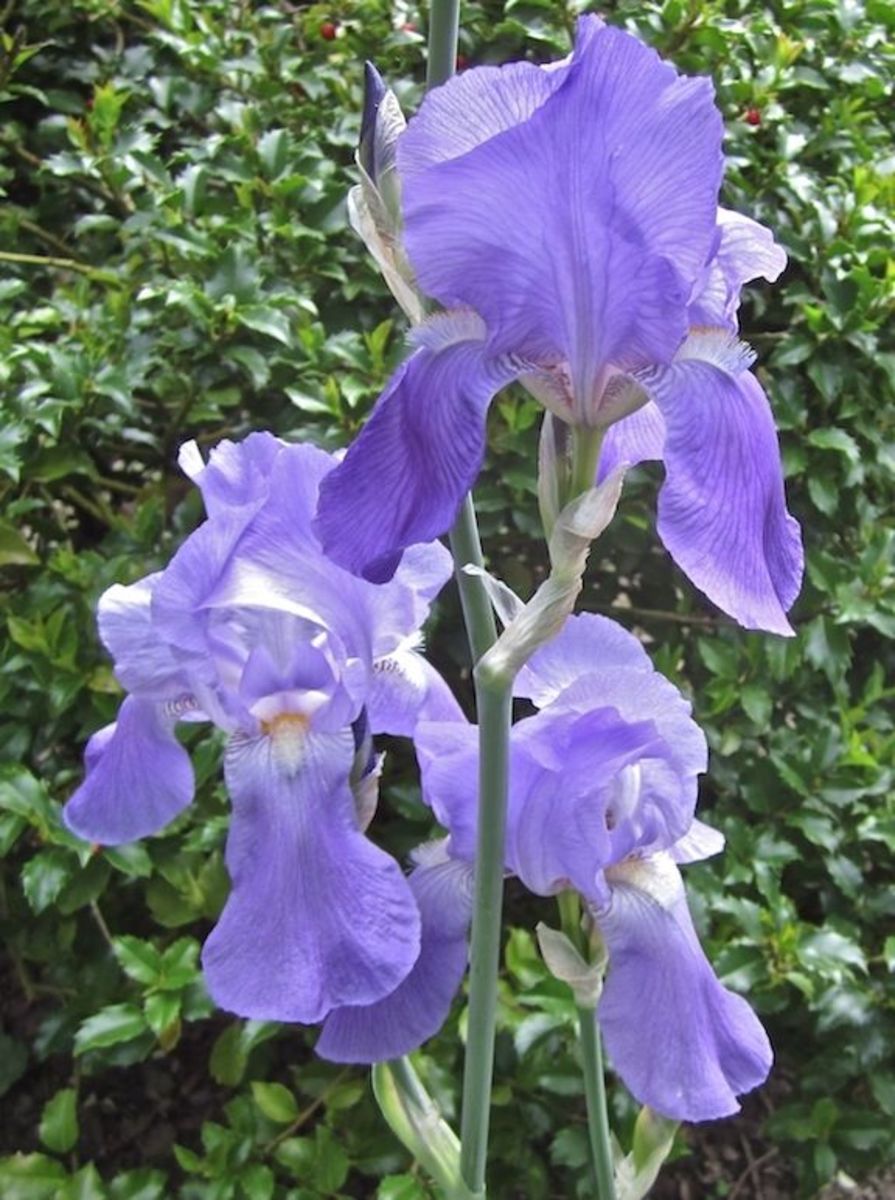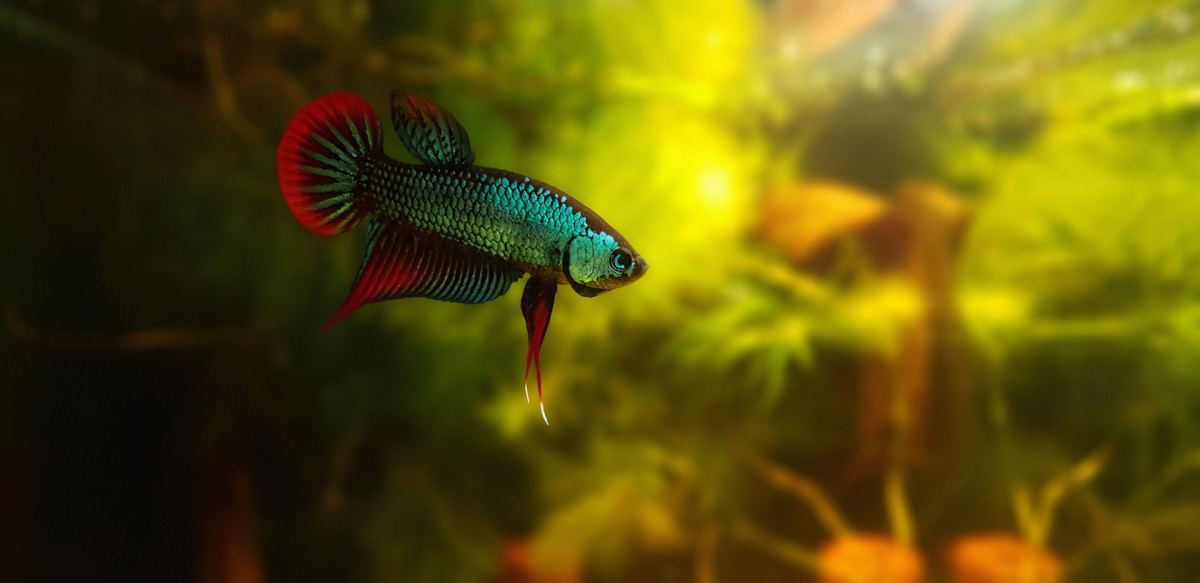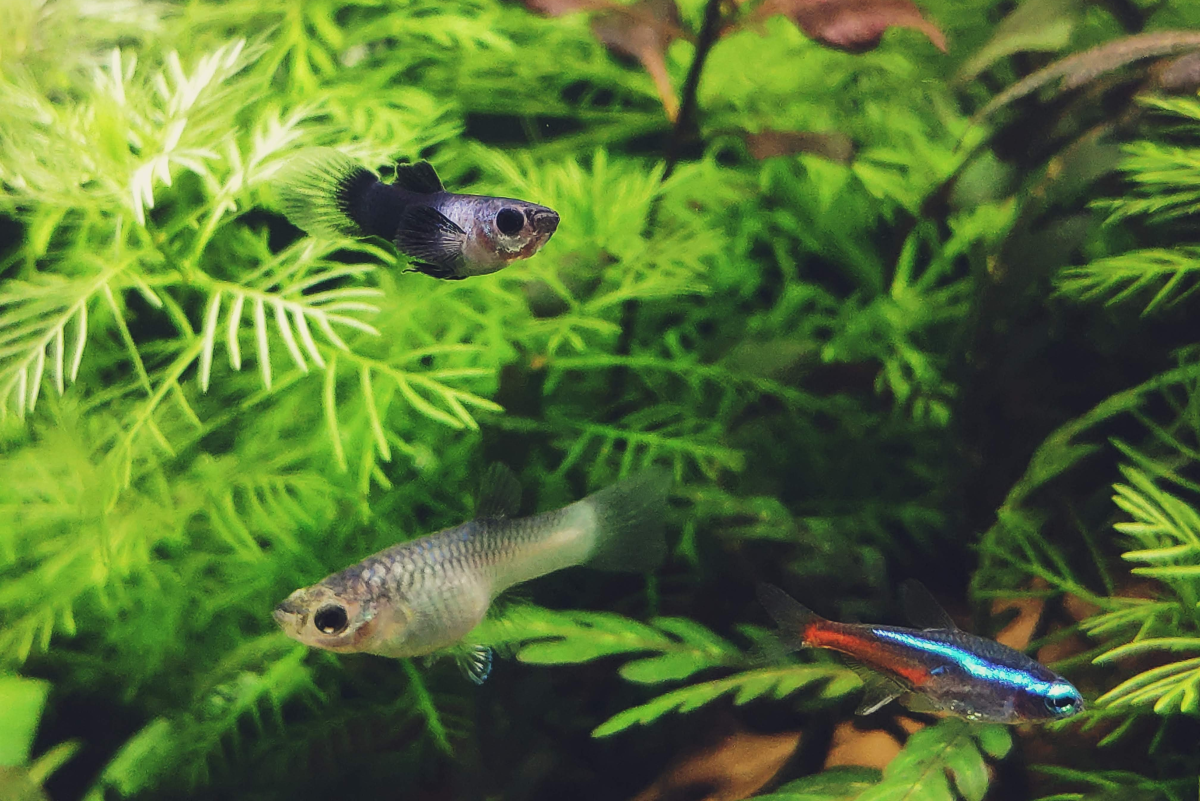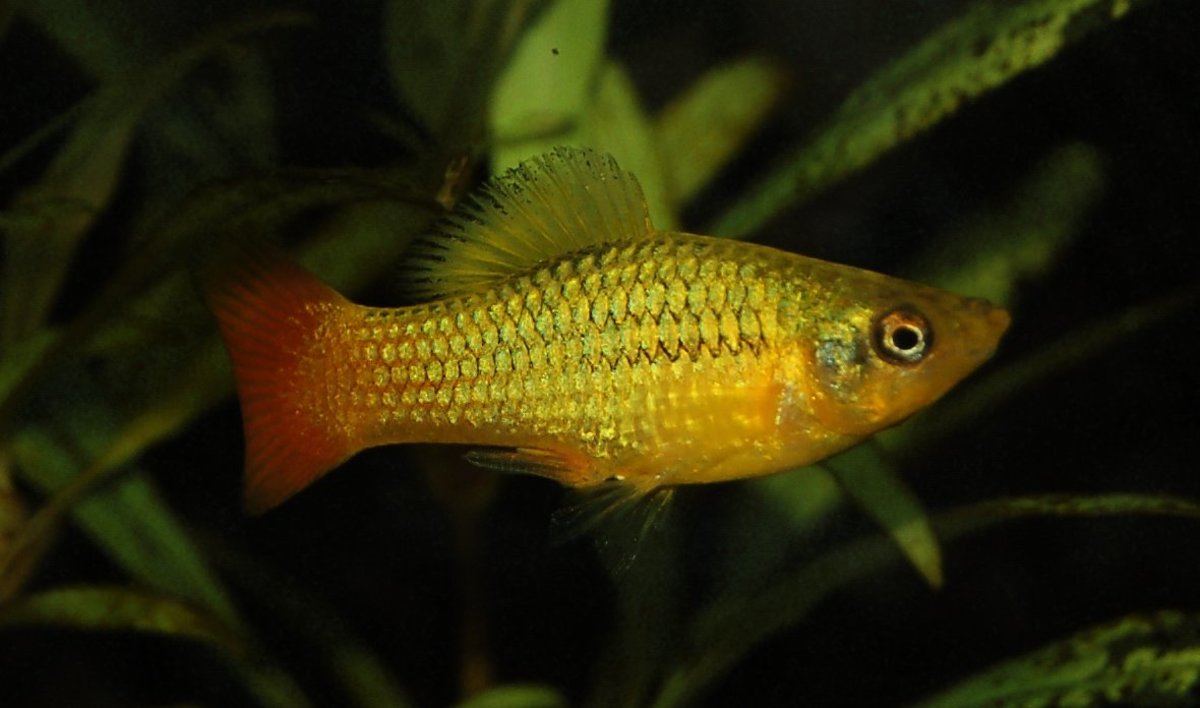- HubPages»
- Pets and Animals»
- Tropical Fish & Aquariums»
- Marine Aquarium Animals
Purple tang : Care And Requirements Of The Purple Tang
Purple Tang Overview
Scientific Name : Zebrasoma Xanthurum
Origin : Red Sea, Indian Ocean
DIfficulty : Medium
Minimum Size Tank : 100 gallons
Temperament : Semi-Aggressive
Temperature : 72 - 82°F
Reef Safe : Mostly yes
Maximum Size : 9 Inches
Diet : Herbivore
The Purple Tang is another popular fish among hobbyist. Its body shape is very similar to the yellow tang with the two of them differing only in color.
It is a deep purple throughout its body while its tail and pectoral fins are yellow.Juveniles possess faint streaks across their bodies. These lines slowly disappear with as they grow older. Their purple coloration also tends to darken as they age.
Purple Tang
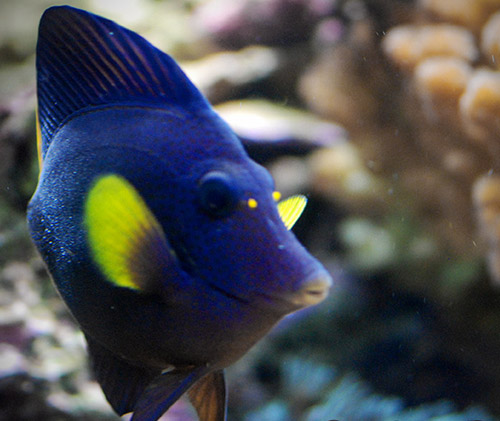
The purple tang has a number of common names that include the Yellowtail Sailfin Tang and the Yellowtail Surgeonfish.
Like the Sohal Tang, they are collected from the Red Sea and near Sri Lanka. It is a highly prized fish in the hobby that isn't as affordable as the yellow tang.
They are expensive, smaller specimens go for the low $100's while larger specimens can fetch up to $200 USD.
Like most tangs, the purple tang is susceptible to ich so pay careful attention to the specimen you're considering. Do not buy any specimens that exhibit scratching, a sure sign of parasites.
Purple Tang close-up
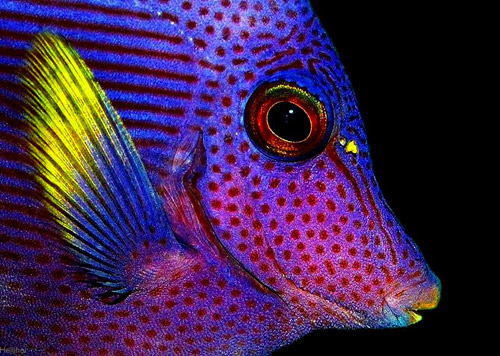
Purple tang fighting its own reflection
Purple Tang : Temperament
Unlike its popular cousin the Yellow Tang, the Purple Tangs are can be aggressive to other species of fish in the same aquarium.
It is very aggressive towards members of the same species and towards any other fish that shares the same "body shape". I've included a video of a Purple Tang having a go at its own reflection. In a community tank with a yellow tang i've noticed very aggressive bullying towards it by the purple tang.
Unlike other species of tangs the Purple Tang is normally found living alone in the wild. They may sometimes school together but that is an uncommon occurrence.
If you plan on keeping more than one purple tang in a single aquarium it is important to introduce both (or more) of them at the same time. Introducing a purple tang to a tank with another established purple tang will mean lots of fighting and torn fins. Sometimes the bullying can be so bad as to make feeding difficult for the victim.
Purple Tang in a stunning Reef aquarium
A group of purple and yellow tangs in a reef aquarium
Purple Tang : Tank Size
The Purple Tang can reach up to 10 inches in the wild but rarely achieve such lengths in captivity.
Something like 8 inches is more likely. At least a 100 gallon marine aquarium is needed for this fish. The bigger, the better.
Purple Tangs sometimes come in a sizes as small as 1 inch. Many hobbyists are fooled into buying a cute baby purple tang for their 30 gallon tank only to find the fish quickly outgrowing it.
They
are an outgoing fish that requires ample swimming space in the
aquarium. They also require a spot sleep when the lights go off so
provide ample amounts of live rock.
Purple Tang feeding
Purple Tang : Diet
They graze on algae in huge shoals in the wild. They are reef safe, making them great choices for large reef aquariums.
While they're herbivores in the wild, they will consume a wide variety of foods in captivity. Krill, mysis shrimp, brine shrimp, pellets, they take them all.
Since they feed on copious amounts of algae in the wild, we should see to it that a large percentage of the food we feed them is algae based.
Nori is a good form of algae to feed tangs.Depending on the brand, prices vary greatly. Julian Sprungs Sea Veggies may be a little too pricey for some. They produce good algae sheets though. They come in flake form too, making feedings very convenient.
Most nori sheets are produced for human consumption, primarily as sushi wrappers. Prices vary here as well, some are cheap, some are expensive depending on quality.
You'll need to secure the nori to a clip. You could DIY a clip yourself and spend a couple of bucks on a commercial type. The sheets are fed as is or they're folded and cut beforehand. Use the suction cup to attach it to your aquarium and you're done, you can enjoy the show.
Another good food to feed herbivores are Formula Two by Ocean Nutrition. They've added an extra amount of algae to the food along with vitamins, minerals and a blend of seafood. Available in three forms, pellet, flake or frozen cube.
While Formula Two is a good flake, it surpassed by Sea Veggie mixed flakes by Two Little Fishies. It you're looking a great all rounder with balanced ingredients then you can't go wrong with New Life Spectrum pellets.
Do not feed your tangs lettuce of any kind (romaine or iceberg). I see this happening mainly in pet stores, probably trying to save a buck or two. Nutritionally, lettuce offers very little and should not have a place in this hobby.




